Houtyou is a unique and traditional noodle dish from Japan, known for its exceptionally long, hand-stretched noodles that can extend over two meters. Once a special treat enjoyed during festivals and gatherings, it has become a rare delicacy due to its time-consuming preparation. Read on to discover what makes this dish so special and how it continues to be enjoyed today.
What is Houtyou?
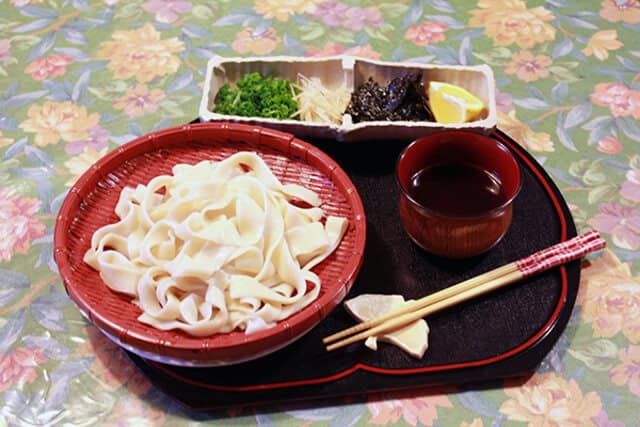
In Japan, people consider houtyou (鮑腸), the intestines of abalone (awabi, 鮑), a delicacy. Chefs often prepare it as tsukudani (佃煮) by simmering it in soy sauce, mirin, and sugar to create a sweet-savory dish that pairs well with rice or sake. It looks exactly like udon noodles, but when you pick them up with chopsticks, each noodle is over 2 meters long. Some high-end restaurants and seafood markets serve fresh abalone intestines as part of sashimi or sushi, highlighting their briny and slightly bitter taste.
Houtyou History
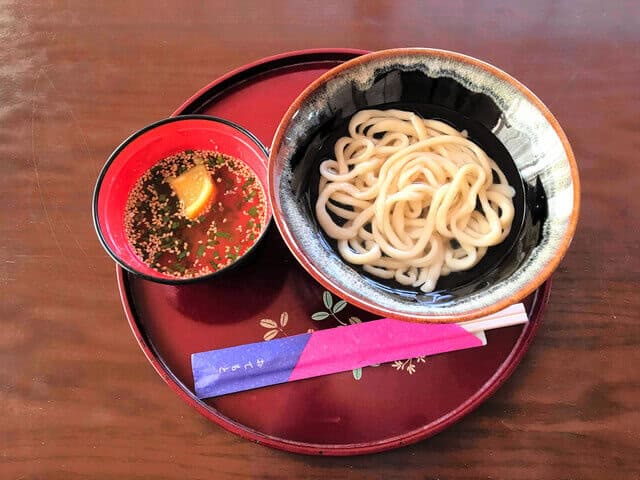
Houchou, a traditional dish from the Hetsugi area, has a long history and features a single noodle stretched to nearly three meters. People in the region have passed down the custom of dipping it in flavorful soup stock since ancient times. Documents from the Edo period recorded both its preparation method and the unique way of eating it. Once popular in Oita City and its surrounding areas, Houchou gradually disappeared from home cooking due to its time-consuming preparation. Making Houchou requires significant time and effort, so it has become increasingly rare in restaurants. The thickness and texture of the noodles vary depending on the maker, resulting in diverse flavors even in home-cooked versions. Since the noodles exceed two meters in length, people bite them off as they dip them in soup rather than slurping. The soup, enhanced with a squeeze of Oita’s local kabosu, adds a refreshing touch.
Special Occasions and Seasonal Traditions
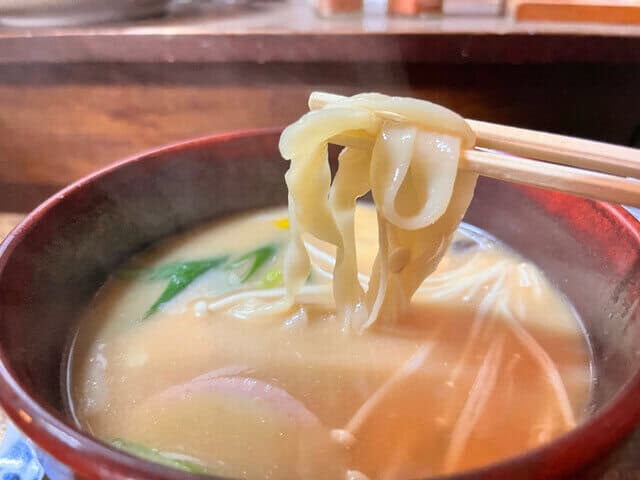
“Dango-jiru” and “Yaseuma,” made from kneaded wheat flour, are well-known local dishes of Oita. However, one of the defining characteristics of “Awa-cho” is its hand-stretched noodles, which extend over two meters in length. Due to its labor-intensive preparation, Awa-cho is not an everyday dish but is traditionally served on special occasions like Obon and festivals to welcome guests.
Preparation and Eating Style
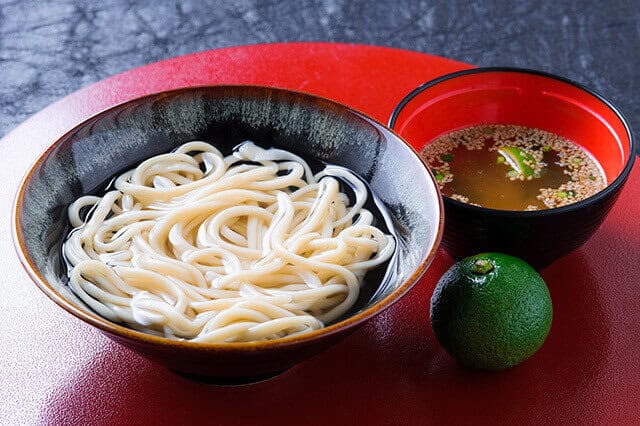
To make the noodles, locals mixed, kneaded, and left to rest flour, salt, and water for about an hour, allowing the gluten to develop for better elasticity. After boiling, they rinsed them in cold water to create a firm, chewy texture. Unlike other noodles, locals eat Awa-cho with a dipping sauce made from a rich dashi broth of dried shiitake mushrooms and dried sardines—both specialties of Oita—seasoned with ground sesame, grated ginger, kabosu citrus, and spring onions. Because the noodles exceed two meters in length, diners cut them into smaller pieces with chopsticks while eating.
Summary
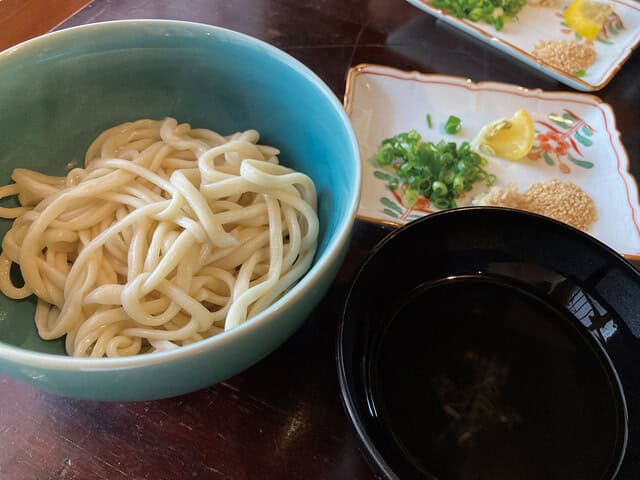
While it has become less common over time, you can still find it in select places, especially in Oita. If you have the chance, don’t miss the opportunity to try this traditional dish and savor its distinctive texture and taste. Be sure to seek it out during your visit to Japan and experience a piece of history through its flavors!
If you enjoy unique and regionally inspired noodle dishes like Houtyou, you might also want to try Dango-jiru or Yaseuma, both traditional specialties from Oita that showcase the rich flavors of Japan’s local cuisine.
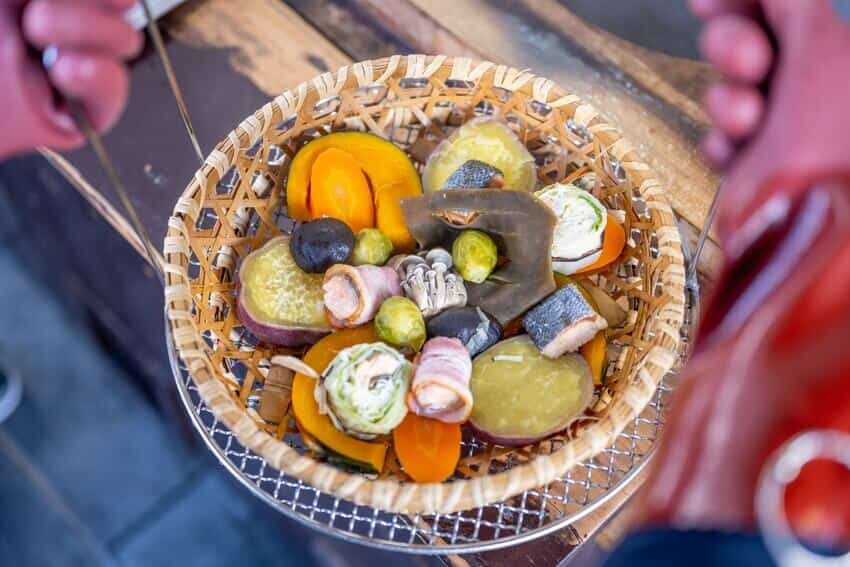
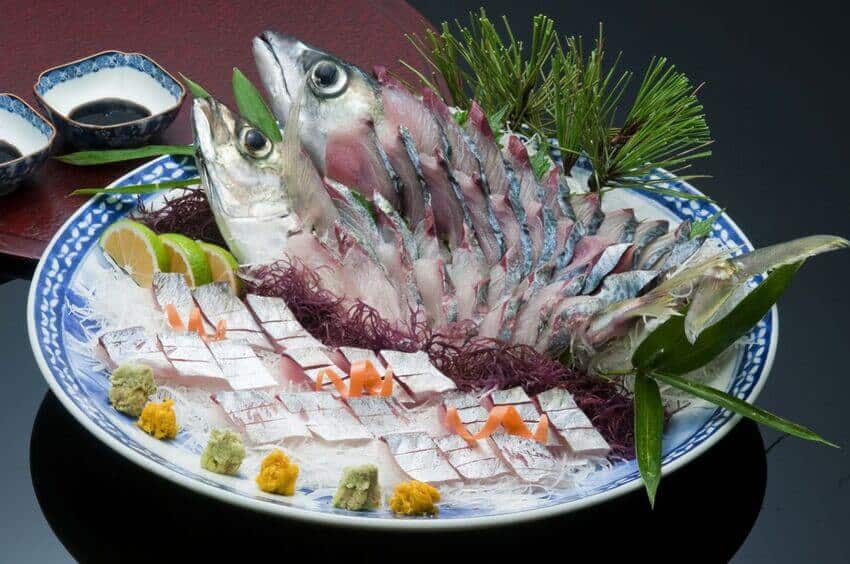
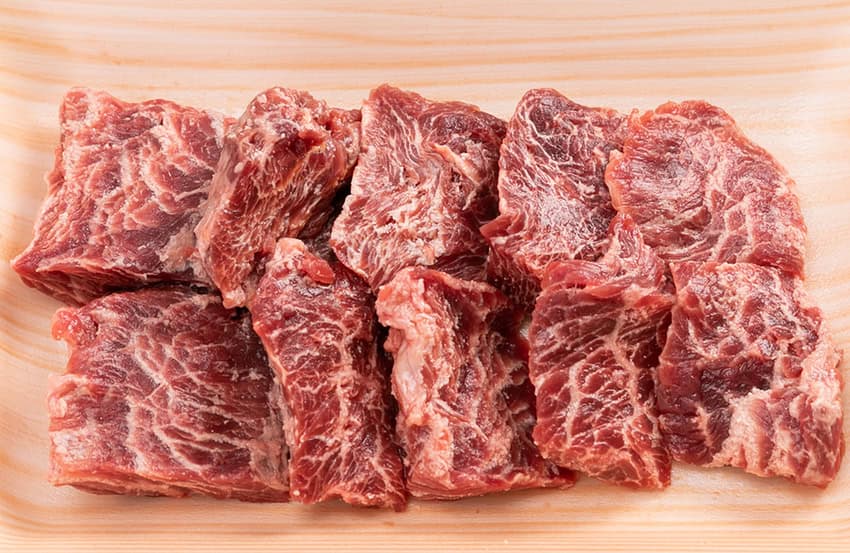
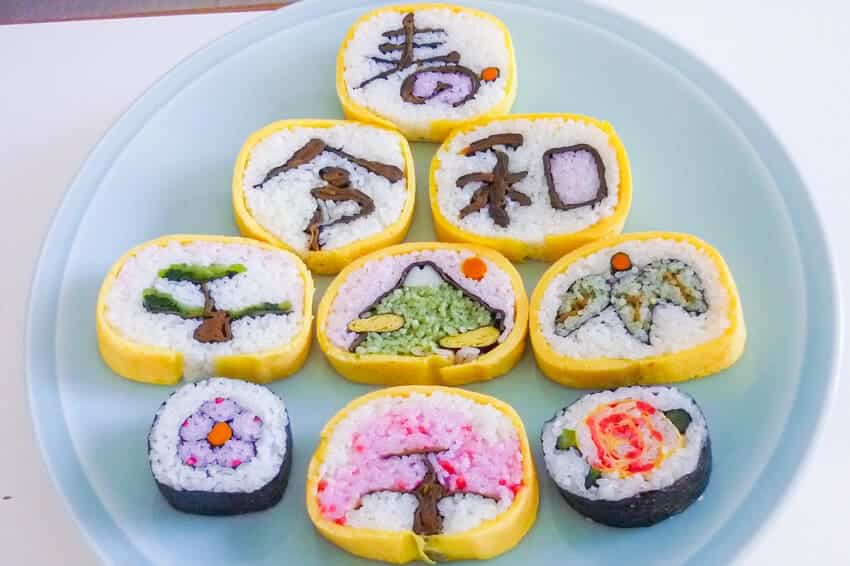
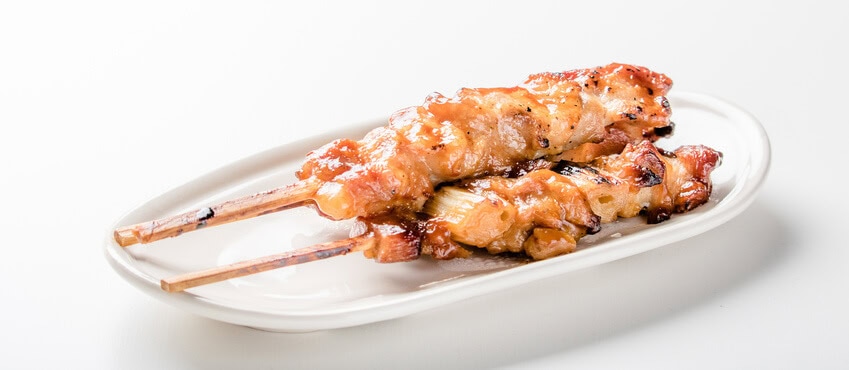

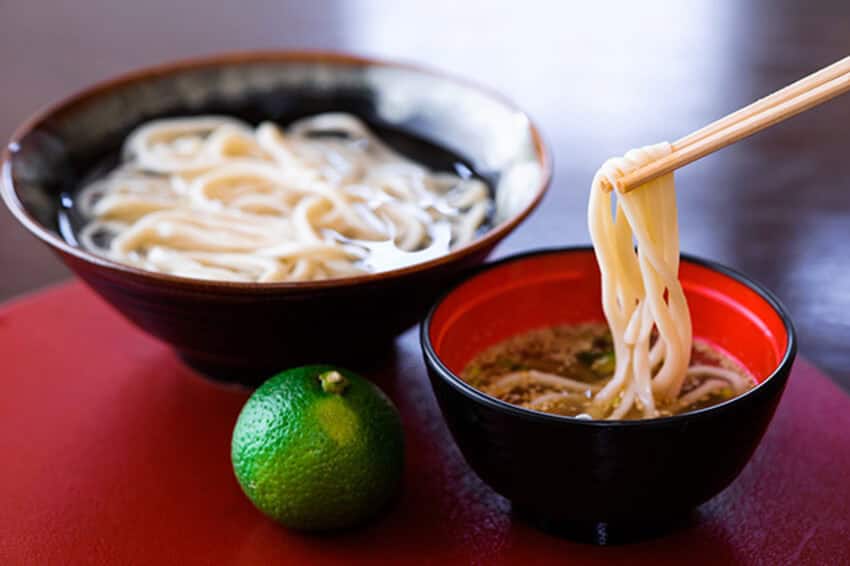
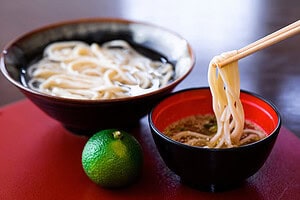


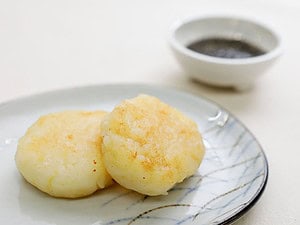

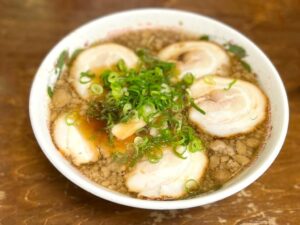
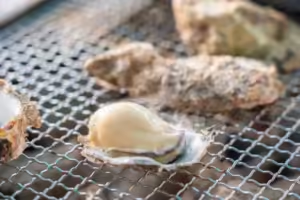
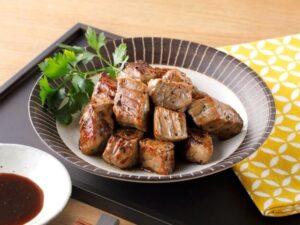
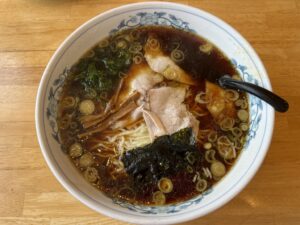
Comments